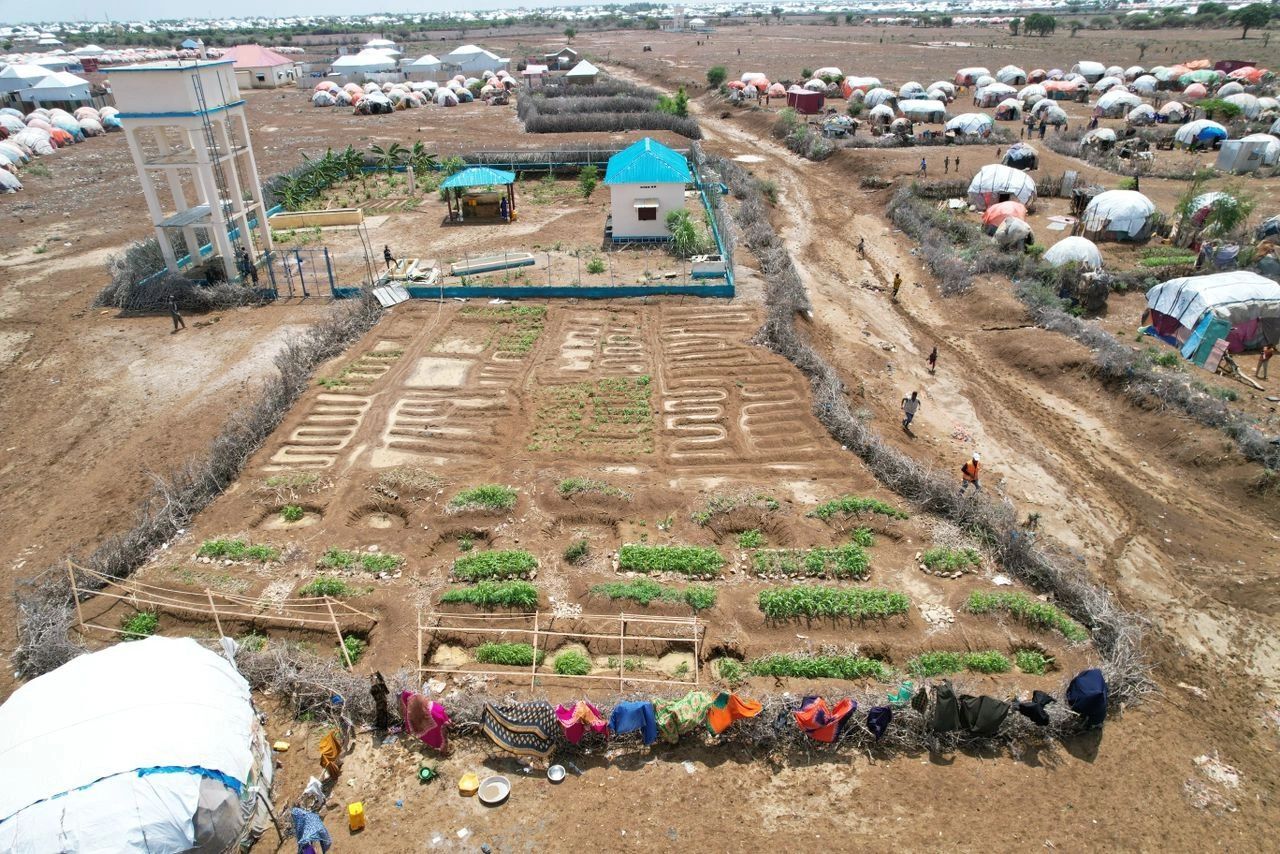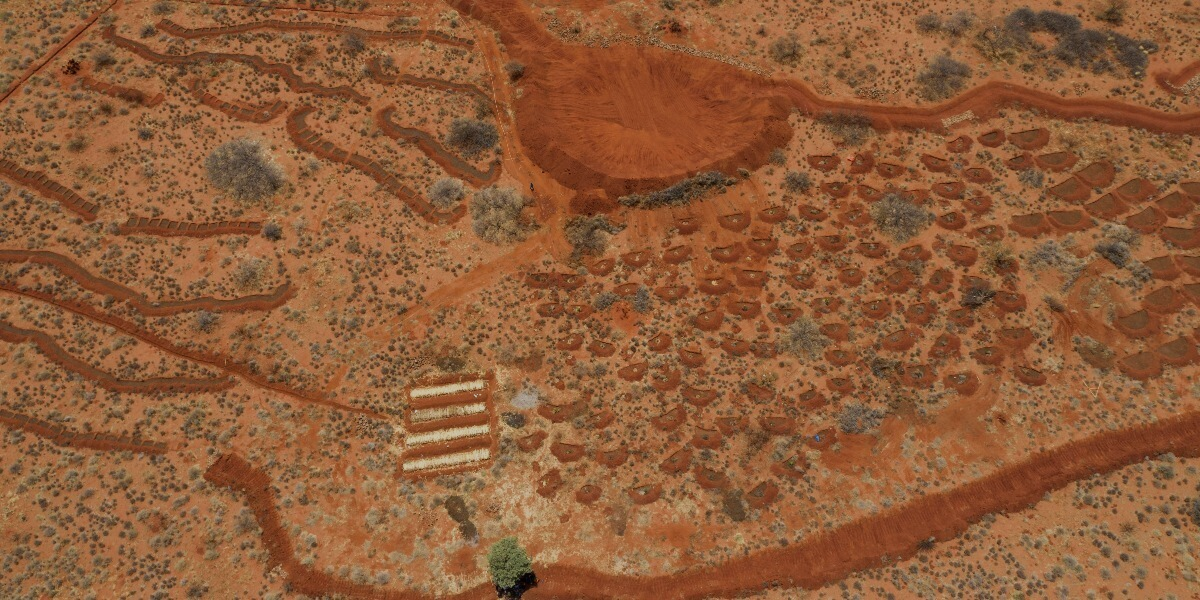People’s lives depend on the health of the ecosystems in which they live.
This is one of the core lessons the Building Resilient Communities in Somalia (BRCiS) team has learned over the past two years. BRCiS has been on a journey to rethink what causes the human suffering that they respond to and to reimagine what it takes to improve food security, health, and livelihoods and to reduce displacement in fragile, conflict-affected settings like Somalia.
From their community-led learning journey on humanitarian needs, ecosystems degradation, nature-based solutions, and regeneration, they have created an interactive resource to share key lessons, data and tools, practical actions, and advice for implementers and funders.
Explore the Interactive Resources:
Resilience Design in Action
Chapter 3 beautifully describes BRCiS’ inspiring approach and calls to action.
BRCiS’ approach – inspired by global best practice, the Resilience Design methodology, and direct consultation with communities – integrates rapid food security solutions into all restoration activities through context-adapted agroecology. This means that they mainstream food and fodder production into restoration site planning and community training through approaches like berm planting, the Permagarden approach, and community-level seed banking to ensure that restoration is a tool for sustainable food security.
Take a moment to watch this video introducing BRCiS' Resilience Design approach and showcasing restoration in action.
BRCiS urges that true restoration and resilience requires a mindset shift. They challenge each of us to:
-
Re-think programming through an ecosystem services lens: Understanding root causes, replacing quick-fixes with nature-based solutions that follow ecological boundaries, and viewing restoration as a viable exit strategy;
-
Prioritize quality and flexibility over speed and spend: Working with – and at the speed of – nature and communities, possibly in new ways that de-risk engagement in fragile contexts;
-
Align funding criteria, indicators, and learning processes with global standards and context-specific tools and integrating ecosystem health data;
-
Recognize ecosystem services as an opportunity for multi-actor convergence across the humanitarian-development-climate (HDC) nexus.
Join the movement! Follow BRCiS’ work on LinkedIn and bookmark their learning journey.


